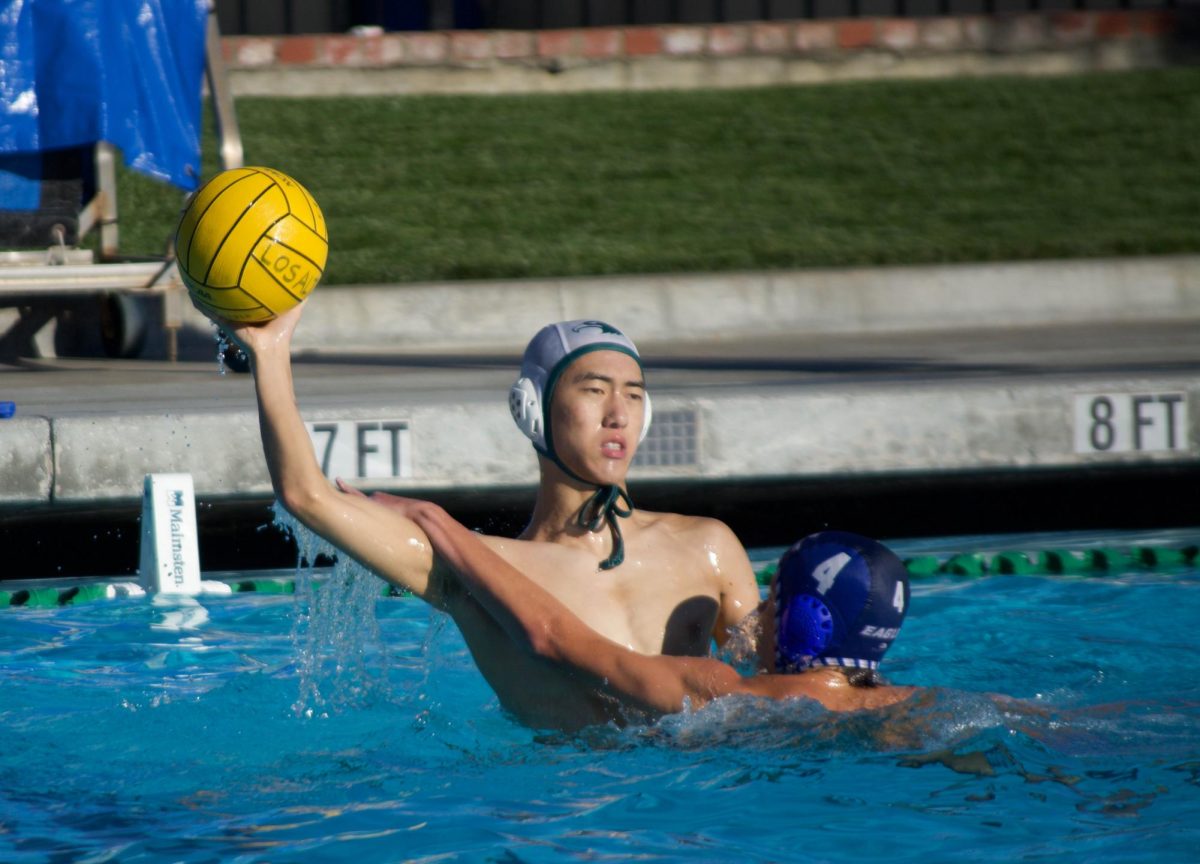Sports Standards: A glimpse into sports entertainment
October 7, 2017
Spectators see only what is shown to them. A baseball player hitting a home run to win a World Series. A football player charging through an entire defensive line for a touchdown. The news of another record-breaking basketball contract. This is entertainment and this is what the viewers want to see.
Even the social media posts and banter that is made public for spectators to view and even publicized by the media is geared towards feeding the interest and viewership that the sports entertainment industry is predicated upon. And the viewers continue to show their loyalty to the world of sports media. In a time when people are turning away from the traditional television set, and television viewership is on the decline, sports entertainment stands out as the program that brings viewers back to their couches and armchairs.
The owners of professional sports teams, the coaches, the players, the league commissioners, and everyone working in the media to cover sports know that they are being watched and make their moves with the intent of maintaining that attention in order to continue bolstering viewership. This attention also becomes an outlet for anyone affiliated with sports entertainment to use his or her coverage to communicate with the public. With all of the current buzz with anthem protests in the NFL and criticism of NBA players for cultural appropriation, many players have begun to use the public dedication to televised athletics to cast a light on some issues that they feel are significant.
The internal and external responses to these players’ actions allows us a small glimpse into the inner workings of the sports entertainment machine. For example, in the case of former San Francisco 49ers quarterback Colin Kaepernick’s protest during the national anthem, both the internal response by the NFL teams and the external response by the viewers and fans illuminated the “behind-the-scenes” of the National Football League. The teams in the league have elected to leave Kaepernick unsigned, possibly in order to avoid alienating those fans who deem Kaepernick’s protest inappropriate, while fans have extensively debated the protest on social media, some standing behind Kaepernick, while others denounce him.
Through these glimpses into the workings of sports entertainment, we can begin to piece together a picture of the industry. What really happens behind the scenes to drive the worldwide phenomenon of professional sports? In this column, I hope to explore and eventually answer this question.


















![“[Building nerf blasters] became this outlet of creativity for me that hasn't been matched by anything else. The process [of] making a build complete to your desire is such a painstakingly difficult process, but I've had to learn from [the skills needed from] soldering to proper painting. There's so many different options for everything, if you think about it, it exists. The best part is [that] if it doesn't exist, you can build it yourself," Ishaan Parate said.](https://harkeraquila.com/wp-content/uploads/2022/08/DSC_8149-900x604.jpg)




![“When I came into high school, I was ready to be a follower. But DECA was a game changer for me. It helped me overcome my fear of public speaking, and it's played such a major role in who I've become today. To be able to successfully lead a chapter of 150 students, an officer team and be one of the upperclassmen I once really admired is something I'm [really] proud of,” Anvitha Tummala ('21) said.](https://harkeraquila.com/wp-content/uploads/2021/07/Screen-Shot-2021-07-25-at-9.50.05-AM-900x594.png)







![“I think getting up in the morning and having a sense of purpose [is exciting]. I think without a certain amount of drive, life is kind of obsolete and mundane, and I think having that every single day is what makes each day unique and kind of makes life exciting,” Neymika Jain (12) said.](https://harkeraquila.com/wp-content/uploads/2017/06/Screen-Shot-2017-06-03-at-4.54.16-PM.png)








![“My slogan is ‘slow feet, don’t eat, and I’m hungry.’ You need to run fast to get where you are–you aren't going to get those championships if you aren't fast,” Angel Cervantes (12) said. “I want to do well in school on my tests and in track and win championships for my team. I live by that, [and] I can do that anywhere: in the classroom or on the field.”](https://harkeraquila.com/wp-content/uploads/2018/06/DSC5146-900x601.jpg)
![“[Volleyball has] taught me how to fall correctly, and another thing it taught is that you don’t have to be the best at something to be good at it. If you just hit the ball in a smart way, then it still scores points and you’re good at it. You could be a background player and still make a much bigger impact on the team than you would think,” Anya Gert (’20) said.](https://harkeraquila.com/wp-content/uploads/2020/06/AnnaGert_JinTuan_HoHPhotoEdited-600x900.jpeg)

![“I'm not nearly there yet, but [my confidence has] definitely been getting better since I was pretty shy and timid coming into Harker my freshman year. I know that there's a lot of people that are really confident in what they do, and I really admire them. Everyone's so driven and that has really pushed me to kind of try to find my own place in high school and be more confident,” Alyssa Huang (’20) said.](https://harkeraquila.com/wp-content/uploads/2020/06/AlyssaHuang_EmilyChen_HoHPhoto-900x749.jpeg)










